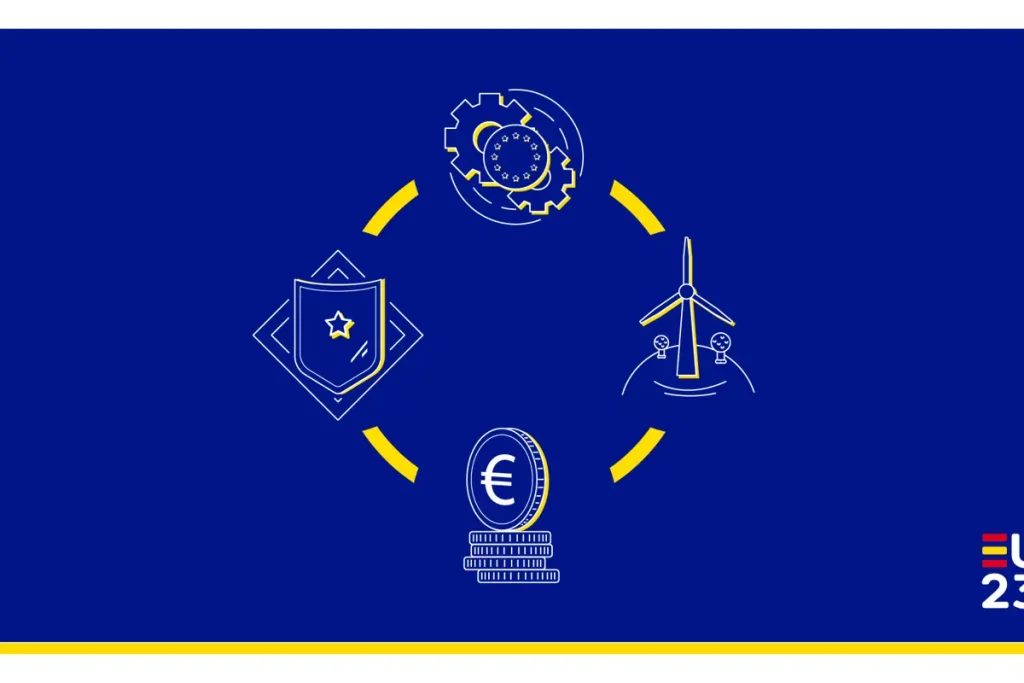The European Commission has approved, under EU State aid rules, a €680 million Spanish scheme made available through the Recovery and Resilience Facility (‘RRF’) to roll out equipment and infrastructure for high-performing 5G standalone networks in underserved rural areas.
The measure is part of Spain’s strategy to address the needs of citizens and businesses in the context of the digitalisation of the country. The scheme also contributes to the EU’s strategic objectives relating to the digital transition.
The Spanish measure
The scheme will be entirely funded via the RRF, following the Commission’s positive assessment of the Spanish Recovery and Resilience Plan (‘RRP’) and its adoption by the Council. The Spanish RRP includes important investment projects in the electronic communications sector including the deployment of high-performance mobile networks.
The scheme aims to ensure a wide availability of high-performing networks, which will deliver high-quality and reliable electronic communication access services to end-users located in underserved areas, satisfying their current and evolving needs. The new 5G standalone networks will support innovative 5G services in rural areas, such as digital health, smart farming, digitalised industry, autonomous driving, or cloud-based services.
The scheme will finance the deployment of equipment and infrastructure for the roll out of 5G standalone networks and the provision of mobile broadband 5G standalone services, with download and upload speeds of respectively at least 100 Mbps and 5 Mbps. The Spanish areas concerned have less than 10,000 inhabitants, and no current or planned investment in 4G networks providing speeds of at least 50 Mbps download.
Under the scheme, the aid can be granted until 31 December 2025 and the 5G mobile networks will need to enter into operation by February 2026, at the latest. The aid will take the form of direct grants to electronic communications operators. Beneficiaries will be selected on the basis of an open, competitive, transparent and non-discriminatory selection procedure. The maximum amount of aid per beneficiary will be equal to 90% of the eligible costs.

Priorities of the Spanish Presidency of the Council of the European Union |
The Commission’s assessment
The Commission assessed the scheme under EU State aid rules, in particular, Article 107(3)(c) of the Treaty on the Functioning of the European Union, which allows State aid to facilitate the development of certain economic activities or of certain economic areas.
The Commission found that:
- The measure is necessary and proportionate to address a market failure, namely the absence of current or planned high-performance mobile communication networks in remote and sparsely populated parts of Spain. The existence of a market failure has been verified through mapping and public consultation exercises carried out by the Spanish authorities.
- The measure has an incentive effect, since it facilitates the deployment of equipment and infrastructure that private operators have not and will not deploy, mainly due to high costs, which are not balanced by forecasted revenues. The scheme will improve the availability of effective and innovative 5G standalone services in the target areas to the benefit of consumers, businesses, and the public sector, thereby contributing to addressing social or regional inequalities.
- The scheme has sufficient safeguards to ensure that undue distortions of competition are limited and that the aid does not adversely affect trading conditions contrary to the common interest. In particular, beneficiaries will be selected by means of an open, transparent, and non-discriminatory competitive selection procedure. Furthermore, Spain will encourage the reuse of existing infrastructure. Finally, the measure fosters competition by ensuring fair, open, and non-discriminatory wholesale access to the supported networks.
On this basis, the Commission approved the Spanish scheme under EU State aid rules.
More information: European Commission







Leave a Reply